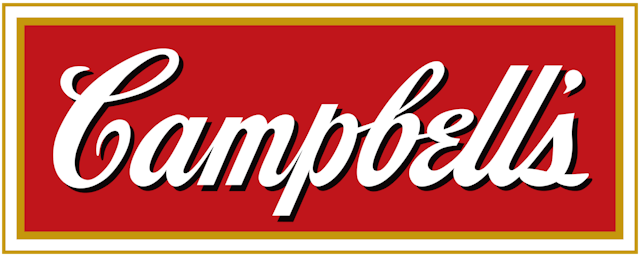- The expected EPS of $0.65 represents a 13.3% decline from the same period last year, despite a projected revenue increase of 2.9%.
- Analysts have slightly revised the consensus EPS estimate downward by 0.5% over the past 30 days, indicating potential investor actions.
- Financial metrics reveal a P/E ratio of 19.33 and a debt-to-equity ratio of 1.96, highlighting valuation and potential debt management challenges.
Campbell Soup Company, listed as NYSE:CPB, is a well-known American food company famous for its canned soups, Pepperidge Farm cookies, and V8 juice. As it prepares to release its quarterly earnings on June 2, 2025, analysts are closely watching the company’s financial performance. The expected earnings per share (EPS) is $0.65, with projected revenues of approximately $2.43 billion.
The anticipated EPS of $0.65 represents a 13.3% decline from the same period last year. This drop in earnings is notable, especially when compared to the expected revenue increase of 2.9%, reaching $2.43 billion. Such a decline in earnings, despite revenue growth, may raise concerns among investors about the company’s profitability and cost management.
Over the past 30 days, analysts have slightly revised the consensus EPS estimate downward by 0.5%. This adjustment indicates a reassessment of initial projections, which can often signal potential investor actions. These revisions are important as they have been shown to correlate strongly with the short-term price performance of a stock, as highlighted by Zacks.
Campbell’s Meals & Beverages segment is expected to perform well, driven by the successful integration of Sovos Brands. However, there are concerns about the Snacks segment, which may not perform as strongly. The company’s management will address these issues during the earnings call, providing insights into business conditions and future earnings forecasts.
Campbell’s financial metrics, such as a P/E ratio of 19.33 and a price-to-sales ratio of 0.996, reflect the market’s valuation of its earnings and sales. The enterprise value to sales ratio of 1.67 and the enterprise value to operating cash flow ratio of 13.67 provide further insight into the company’s valuation and cash flow generation. However, a debt-to-equity ratio of 1.96 and a current ratio of 0.93 suggest potential challenges in managing debt and covering short-term liabilities.




